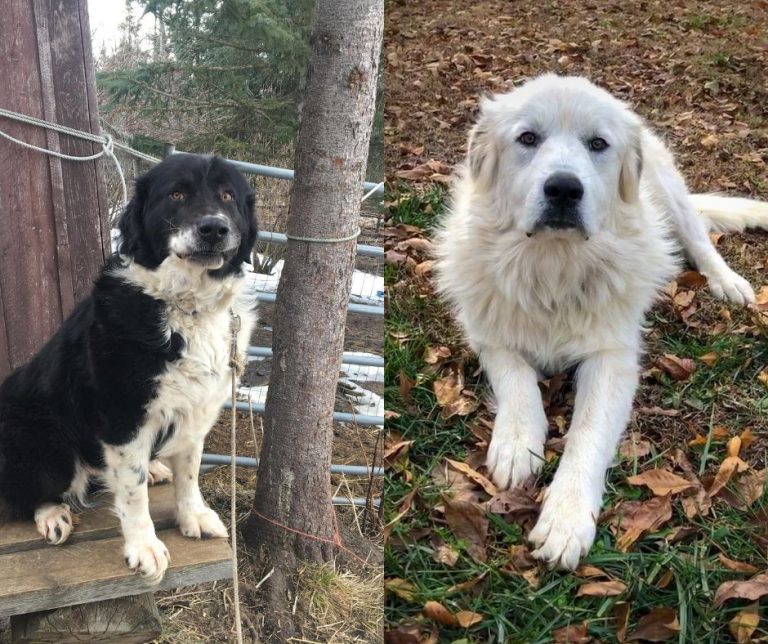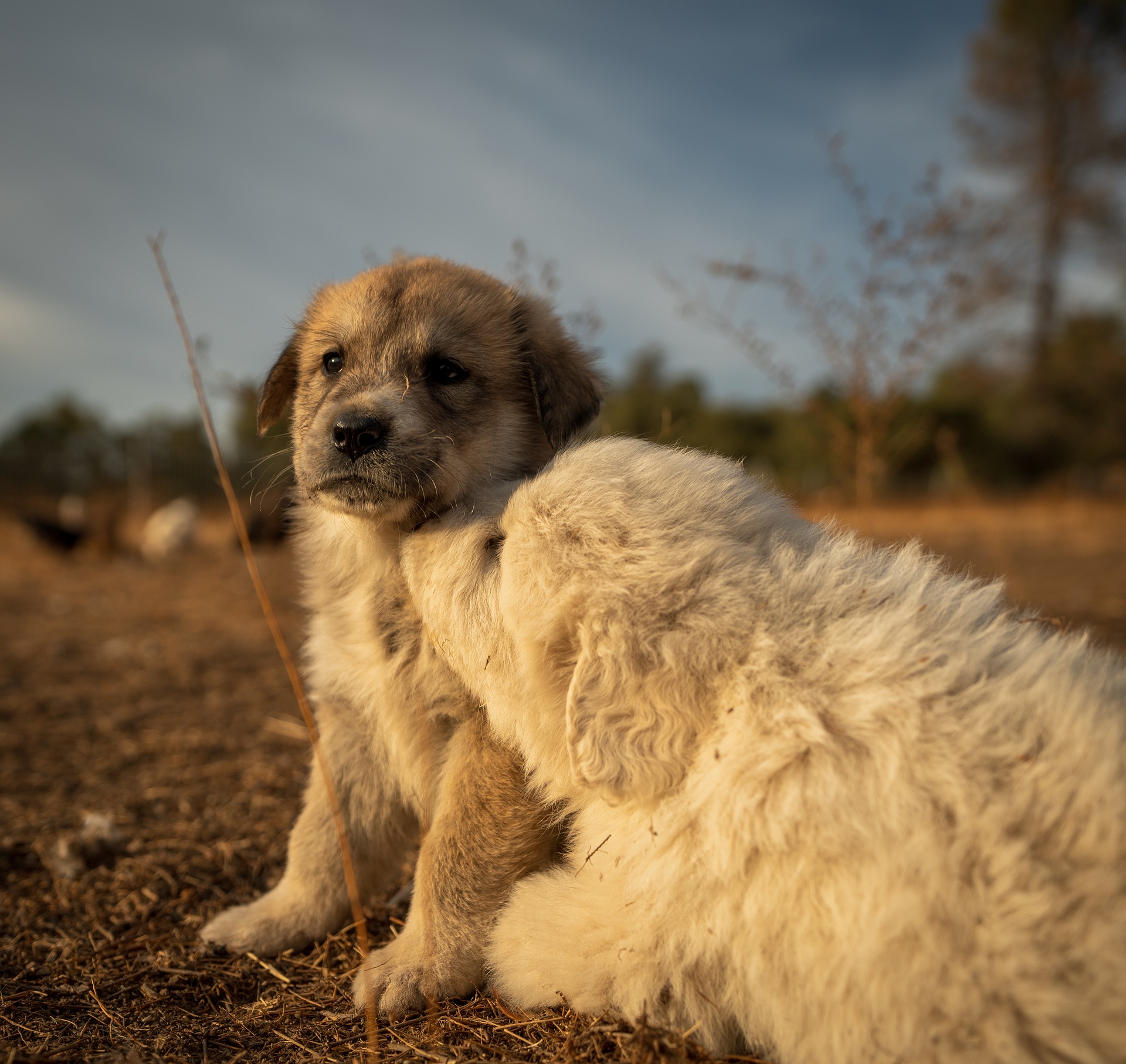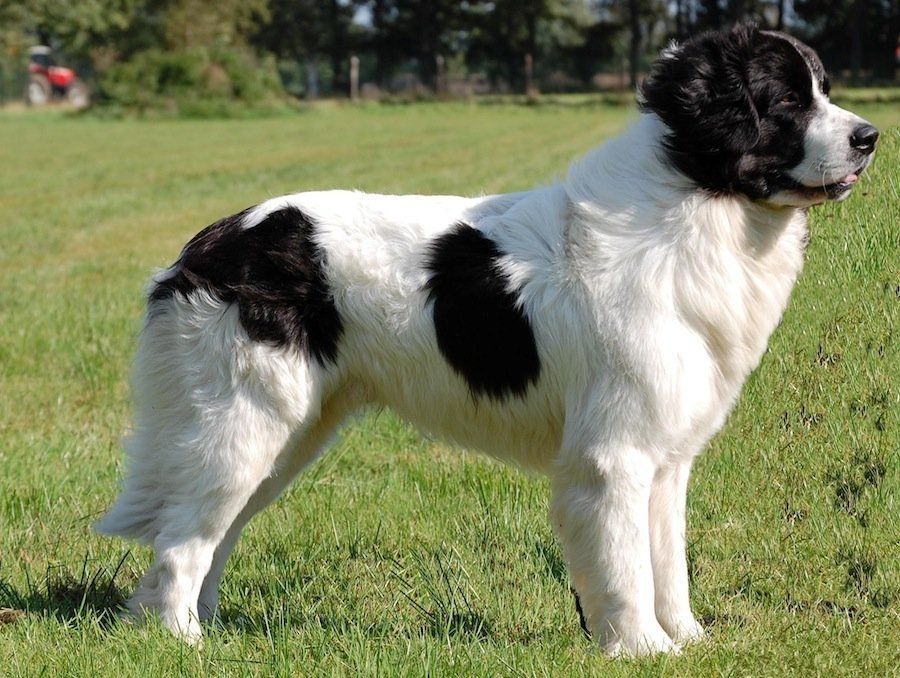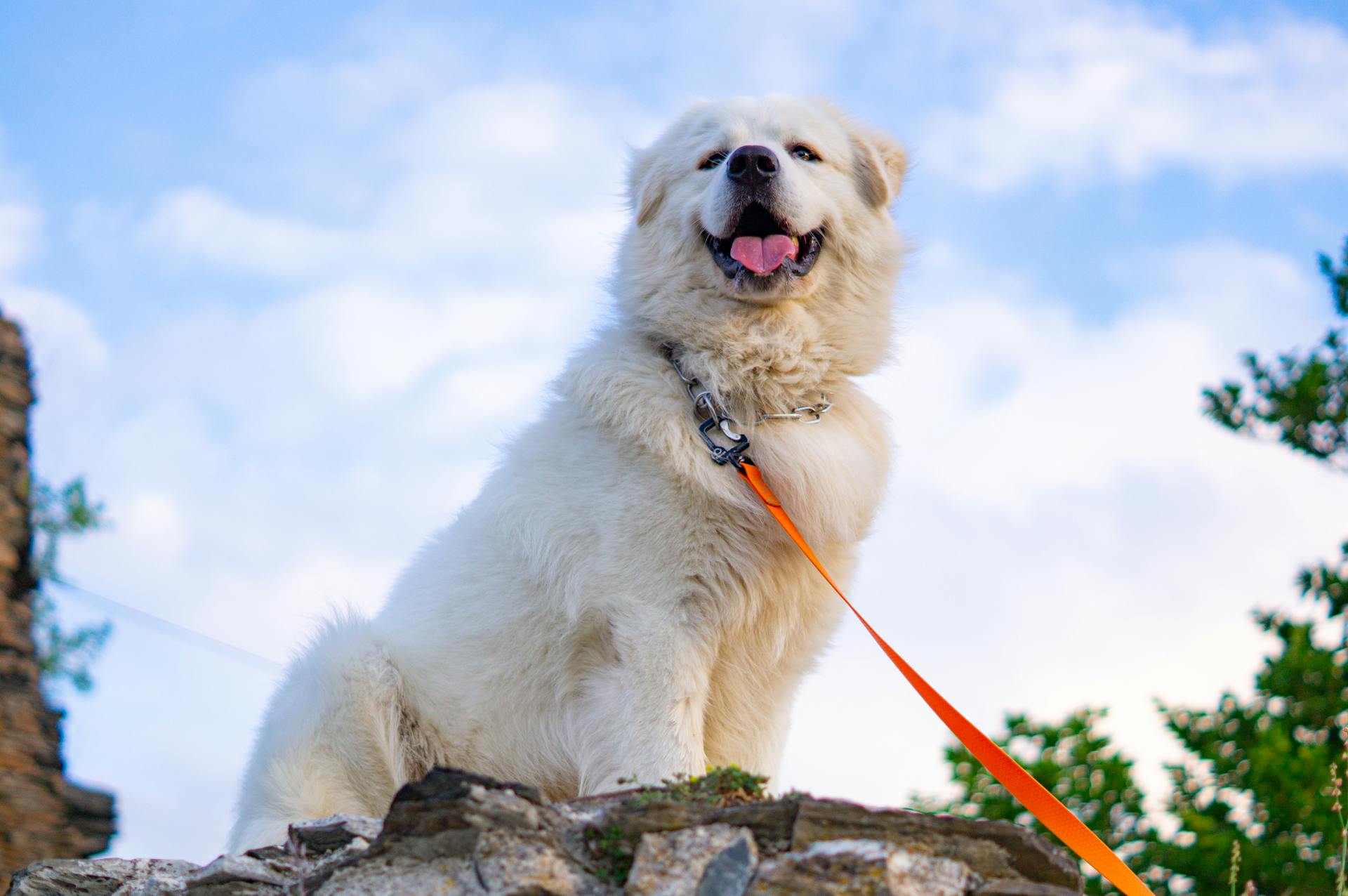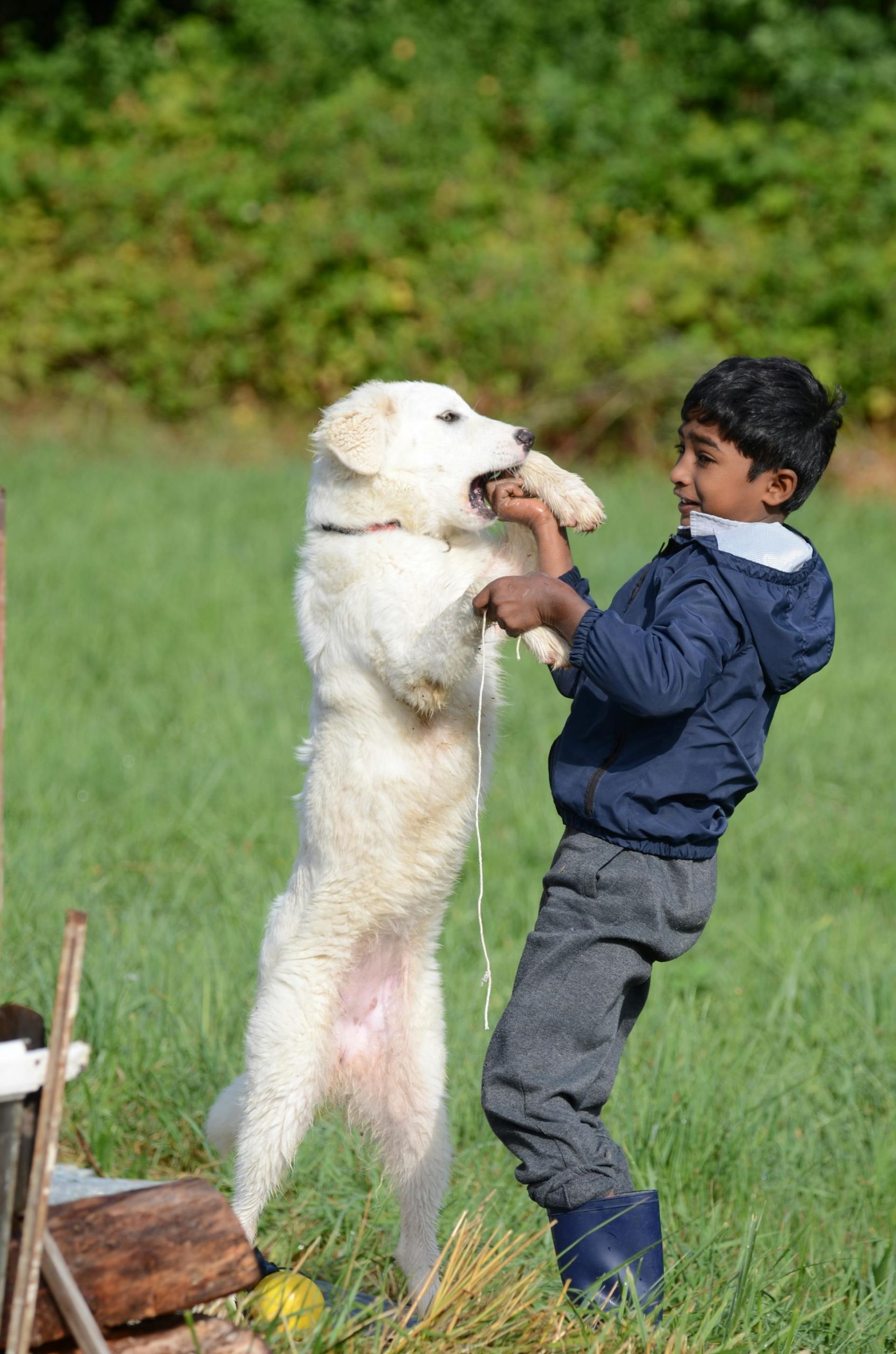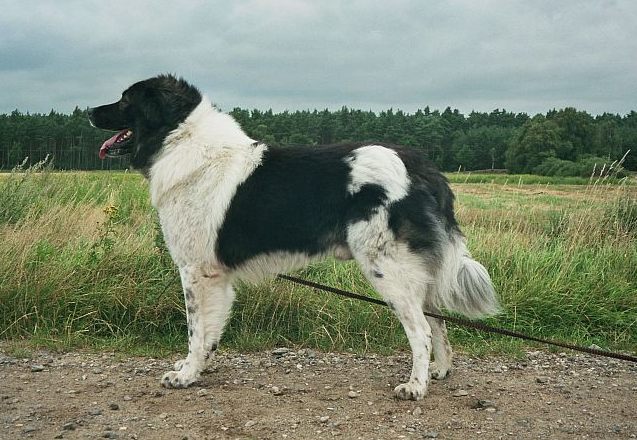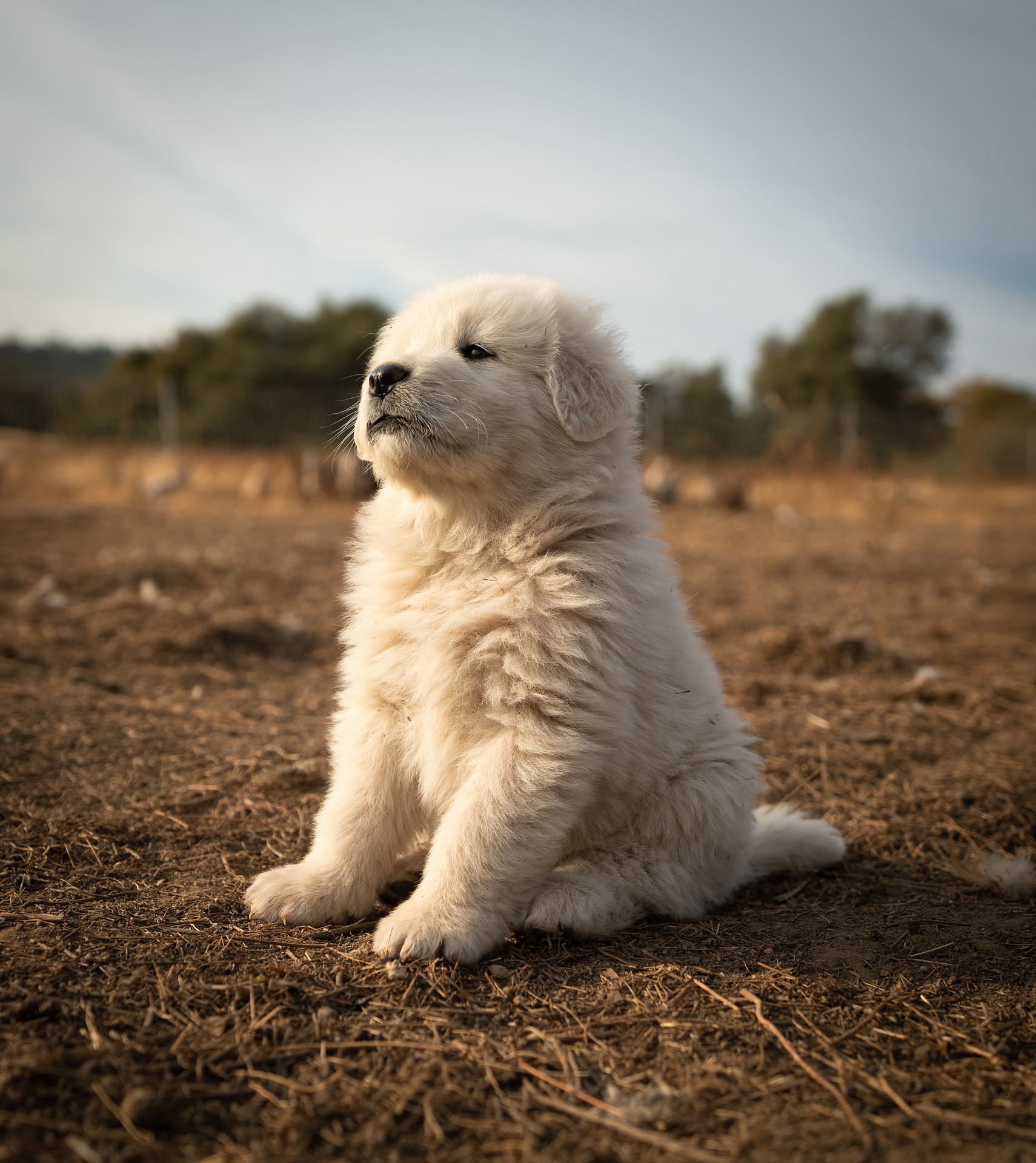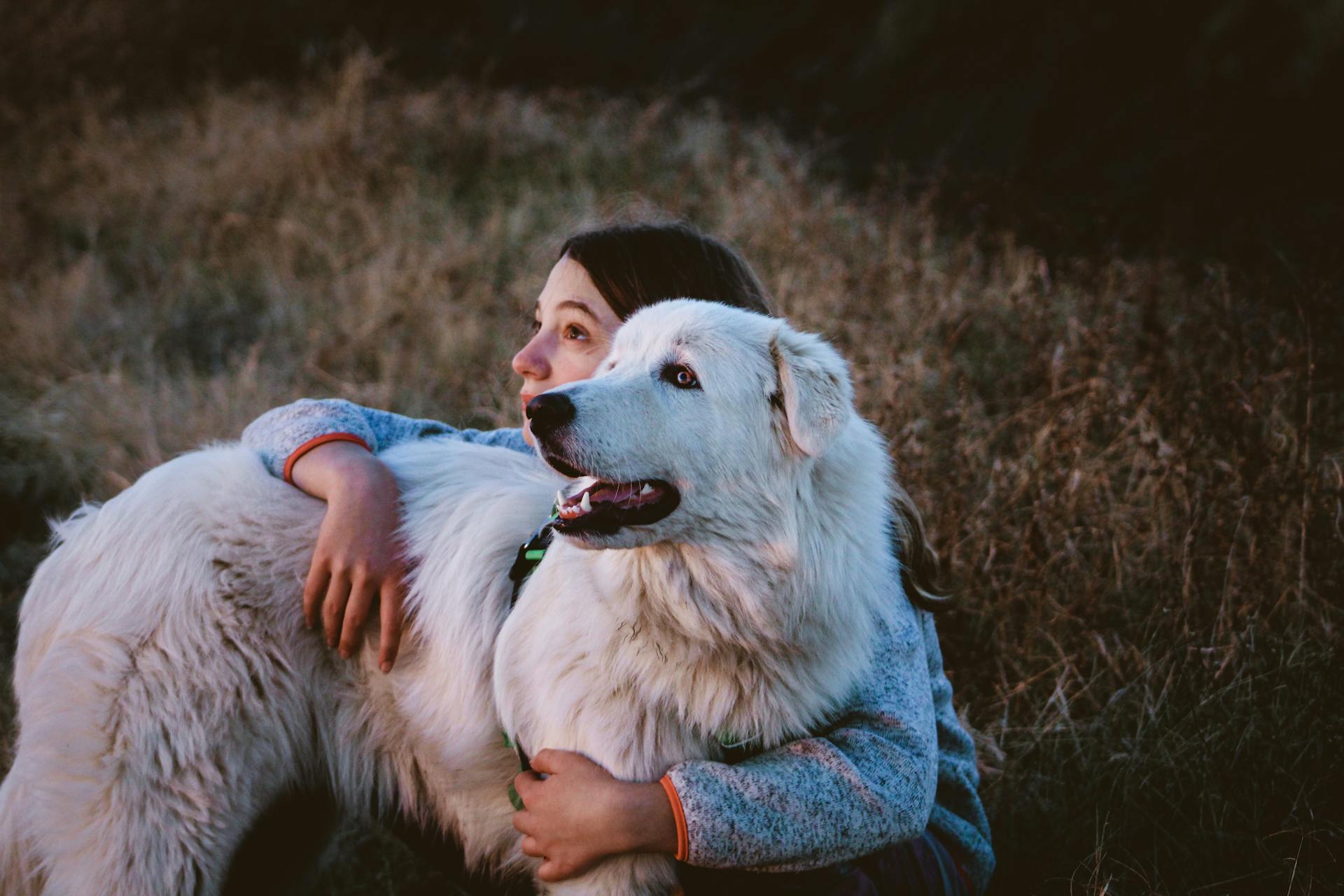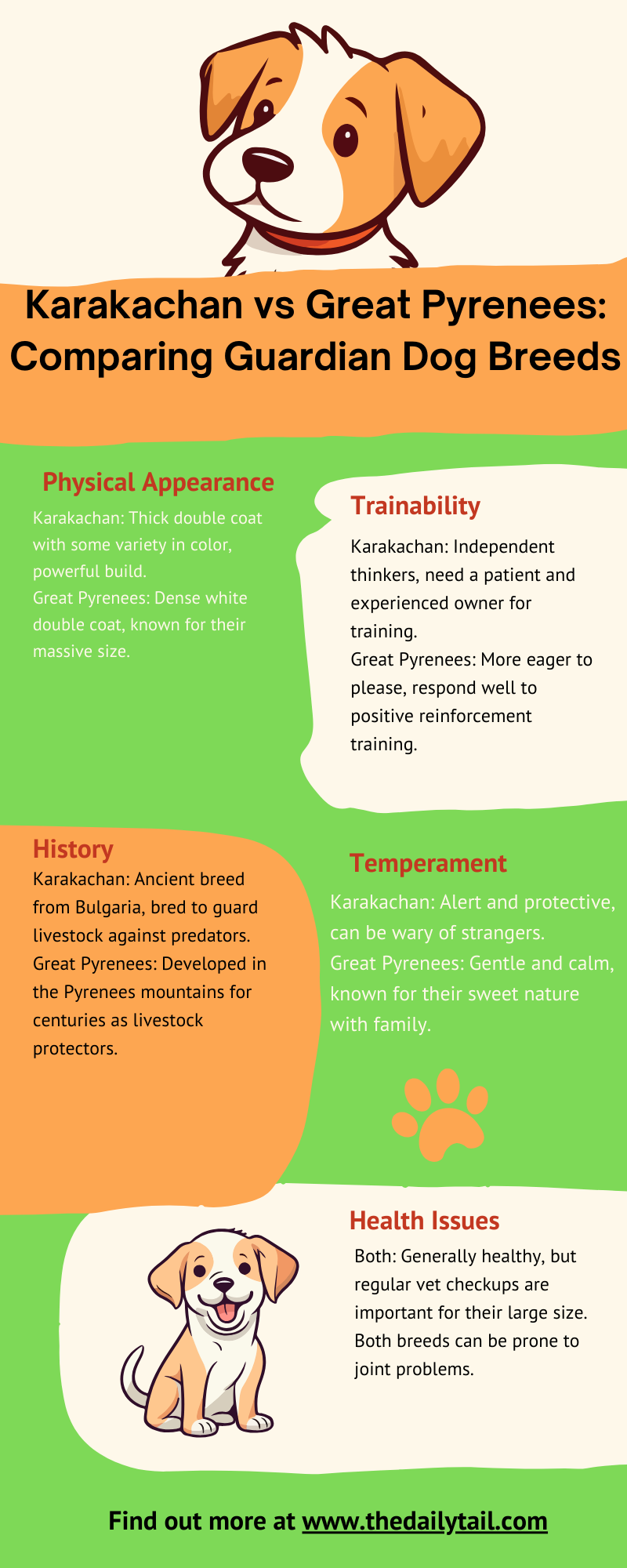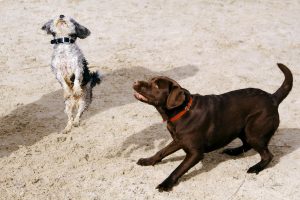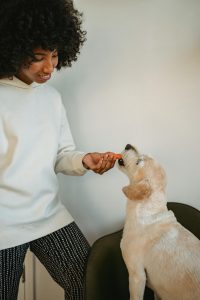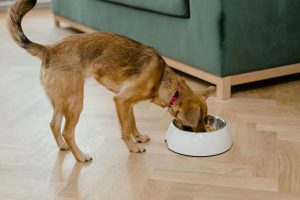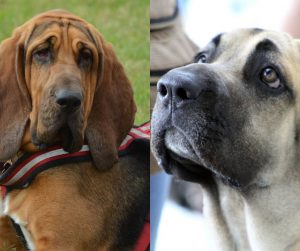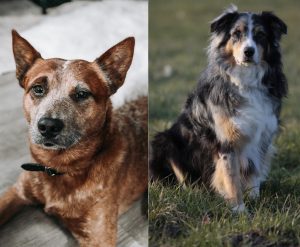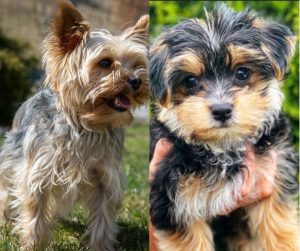Over the years, owning dogs has taught me that size isn’t everything. Now, there are always large mountain breeds that look amazing. For example, today, we will talk about Karakachan and Great Pyrenees, two giant breeds with distinct personalities.
If you’re looking for a loyal companion to guard your property, both the Karakachan and the Great Pyrenees, you cannot go wrong with either choice. Yet, I have to tell you, it is important to understand their differences. Only by doing that, you can find the perfect fit for your home.
When it comes to flock guardians, the Karakachan and the Great Pyrenees are among the most well-respected breeds. Each has a strong heritage and history of protection.
The Karakachan, a dog originally from Bulgaria, is a canine praised for its effectiveness in chasing away predators and safeguarding livestock. On the other side, we have the Great Pyrenees breed. This herding dog comes from the mountainous regions between France and Spain. The Pyrenees canine has established a notable presence across the world. Nowadays, even outside of its native region, the Great Pyrenees is celebrated for its gentle nature with family and formidable presence against threats.
Today, I want to look at the differences between Karakachan vs Great Pyrenees. Any prospective dog owner should look at this guide. Hopefully, I can help them determine which breed may align better with their lifestyle and needs.
While these two dog breeds display impressive physical attributes and possess an innate protective instinct, there are still many distinct differences, namely in temperament, exercise requirements, and overall care.
The decision between these two breeds may largely depend on the environment they’ll be placed in, the tasks they’re expected to perform, and the level of experience their dog owner have with handling large guardian breeds.
Key Takeaways
- Karakachan and Great Pyrenees are both guardian dogs with cultural heritages rooted in protection
- They have distinct temperaments and care needs, important for potential owners to consider
- The choice between these breeds depends on the intended role and owner’s familiarity with guardian dogs
Breed Origins and History
Let’s begin with the origin of the Karakachan and the Great Pyrenees dog breed. Think of it as a trip down memory lane, taking a step back into the rich history of Europe’s working dogs. They come from the mountains of Bulgaria and France respectively. While they come from different regions, they do share a past deeply entwined with the ancient ways of sheep herding and livestock guarding.
Karakachan Ancestry
Bulgaria is credited as the homeland of the Karakachan, often referred to as the Bulgarian Shepherd dog. The ancestry of the Karakachan stretches back to the indigenous dogs of the Thracians, an ancient group known for their sheep herding.
After a period of time, these dogs may have mingled with large breeds that came with nomadic people from Central Asia and possibly Tibet. The result is what we know today as the sturdy Karakachan. Some would say that the dog shares some lineage with the Tibetan Mastiff. But I wouldn’t go that far. This dog was bred to fend off predators and protect livestock in rugged terrain.
Great Pyrenees Lineage
The Great Pyrenees, on the other hand, boast a lineage tracing to the mountainous regions of France. The breed shares its history with the snowy peaks of the Pyrenees Mountains, where they stood guard over flocks. Some people recognize him as the Pyrenean Mastiff.
Royal interest in the breed emerged in the court of King Louis XIV, making them quite a fixture in history. The breed’s formal recognition and standardization kicked off in France in 1927, and they made their way to America by 1931, quickly gaining popularity.
We have to note, both of these are recognized by the American Kennel Club. But they are nowhere near the list of top 50 most popular dog breeds. But when you want a livestock guardian dog, popularity by the American Kennel Club is not something you look at.
Some other livestock guardian dogs that are also in the same group include Turkish Kangal, Caucasian Shepherd dog, Greater Swiss Mountain Dog, Bernese Mountain Dog, and more.
Physical Characteristics
Look at these two guard dog breeds side by side, and you will see that the Karakachan vs Great Pyrenees comparison is quite similar. You might say we are looking at two giants who are cousins. They are similar in some ways, yet, each of these dogs has its own unique flair. So, let’s dig deeper into the comparison and see what sets these them apart.
Size and Weight Comparison
On one side, we have the Karakachan, or the Bulgarian Shepherd, standing tall and proud. Like with other breeds, males are bigger, often reaching heights between 26 and 30 inches, while females are slightly smaller. On the scales, these dogs show off their solid build, with males weighing in between 100 and 125 pounds and females a bit lighter.
Then, let’s look at the the Great Pyrenees puppy. This canine is no slouch when we talk about side. This breed features dogs that stand anywhere from 25 to 32 inches tall, with a broad and slightly more massive appearance. Same as with the Bulgarian Shepherd dog, there is a difference between males and females.
The males can weigh a hefty 100 to 160 pounds, and the females typically range from 85 to 115 pounds.
- Karakachan: Males 26-30 inches, 100-125 lbs; Females slightly smaller
- Great Pyrenees: Males 25-32 inches, 100-160 lbs; Females 85-115 lbs
Coat and Color Patterns
Let’s take a look at their coats. These two boast a double coat that’s meant for tough weather. Now, imagine putting on two layers of a warm jacket—that’s how these pups are built for the cold.
The Karakachan’s outer coat is long, straight, and rough, while its buddy underneath is soft and dense. They typically wear a coat that mixes shades of black, brown, and spots of white.
The Great Pyrenees, however, often comes in shades of white or cream that can make them look almost like big, fluffy clouds on legs.
Like the Karakachan, they have that same kind of double coat designed to keep them cozy in winter. Their coat can also have markings of gray, reddish-brown, or badger, which add a touch of color to their predominantly white appearance.
- Karakachan: Long, rough outer coat; soft, dense undercoat; black, brown, and white colors
- Great Pyrenees: Thick double coat; mainly white or cream with possible gray, reddish-brown, or badger markings
Temperament and Behavior
Prospective dog owners and pet parents looking to choose between Karakachan and Great Pyrenees dogs should understanding their temperament and behavior. It helps you understand what it might be like to have them around your home and your family.
Temperament Towards People and Kids
Karakachans:
- Karakachans generally show strong loyalty to their family
- When raised with children and properly socialized, they can be friendly and protective allies for the little ones
Great Pyrenees:
- These dogs tend to be gentle giants with a known affectionate side, especially towards their human pack
- They are usually calm around children when socialized early, but considering their size, supervision with smaller kids is wise
Guardian Instincts and Predatory Behavior
Karakachans:
- Karakachans often use their bark as a first line of defense to ward off trespassers and potential threats
- With a strong territorial nature, they might have a high prey drive, keen to guard their turf against intruders
Great Pyrenees:
- They have a reserved yet attentive disposition, and take their role as protectors seriously
- Can have independent streaks but are less inclined to roam if they consider their territory to be large already
- Strong protective instinct that shines when monitoring and guarding their family and animals against predators
Training and Exercise Needs
The key to raising happy and healthy dogs, is to understand their personality, drives, and how you can properly apply them to dog training.
Here, we are working with two intelligent, working breeds that thrive when they have a job to do. Ideally, that would be livestock protection. Yet, they can also just be part of the family pack. In that case, you should provide enough physical exercise and mental stimulation to keep them interested.
They require a solid routine, consistent training, and just the right amount of exercise to stay in tip-top shape.
Routine Training Requirements
Training these furry friends demands patience and consistency. Karakachans are sharp and quick on the uptake. They value having a clear job and respond well to a set routine.
To keep their clever minds content, mix in tasks that challenge them mentally and that involve problem-solving.
Great Pyrenees, on the other hand, can be a bit more independent, which might make you work a little harder in training sessions.
They need to understand who’s in charge, so establishing a clear leadership role is important.
Remember, socializing them with humans and other animals early on will make a huge difference to their temperament.
Exercise and Activity Levels
When it comes to exercise, neither breed needs to run a marathon. In fact, they value a good snooze quite a bit.
For the Great Pyrenees, a daily walk and some playtime usually hit the spot. They’ve got a lower energy level but need enough activity to stay healthy and to satisfy their instincts to patrol.
Karakachans have similar exercise needs, though they might crave a little more action due to their herding background.
It’s all about striking a balance. Keep their exercise relevant to their natural instincts—like taking them on walks in nature where they can check out the sights and smells or giving them tasks in a large, fenced area where they can move around freely.
Health and Care
When it comes to health and loving care, both Karakachans and Great Pyrenees require specific attention. These breeds, often used as livestock guardian dogs, thrive with the right mix of check-ups and daily maintenance to keep them wagging.
Common Health Concerns
Due to their large body and size, these two can face similar health issues. They are prone to most issues targeting large dog breeds.
For example, hip dysplasia, a condition where the hip joint doesn’t fit together perfectly. You should definitely watch out for in these big canines.
Elbow dysplasia can also be a concern, just like in many large breeds. Then there’s bloat, a sudden and life-threatening stomach condition that needs immediate vet attention.
- Karakachan Health Concerns:
- Hip dysplasia
- Bloat
- Great Pyrenees Health Concerns:
- Hip dysplasia
- Elbow dysplasia
- Bloat
Grooming and Maintenance
When you get a large dog, with a double coat, and a fluffy appearance, you should expect shedding.
The key to reducing shedding is regular brushing. That will keep their thick coats from turning your home into a winter wonderland of fur.
For both dog breeds, brushing a few times a week should do the trick, helping to distribute oils and preventing mats.
Feeding them high-quality dog food and maintaining proper feeding schedules also contribute to a healthy coat and overall well-being.
- Grooming Karakachans:
- Brush several times a week
- Feed balanced dog food
- Grooming Great Pyrenees:
- Require frequent brushing due to thicker fur
- Ensure proper feeding schedule and high-quality food
Regular check-ups with the vet, a loving home, and daily care will keep these dogs healthy, happy, and ready to snuggle… or guard the yard.
Which of These Gentle Giants Is Right for You?
Choosing between the Karakachan and the Great Pyrenees is no easy task. Both are amazing breeds, but their differences matter when it comes to finding the perfect addition to your life.
Let’s take a look at some key points:
Suitability for Family
- Karakachan: They thrive with experienced dog owners who can provide early socialization to solve the strong guarding instinct. When socialized, these puppies can be loving with their family, yet, wary of strangers
- Great Pyrenees: Praised by pet parents for their gentle and patient nature, the Great Pyrenees dog breed is a great choice for families with children. They still have guarding instincts, but are more easy-going than the Karakachan dog breed
Cost
- Both breeds fall into the expensive range. You’ll need to budget for an initial purchase, plus quality food, regular vet care, and potentially professional training
- Karakachans might be harder to find, which can affect their price depending on your location
Size Difference
- Both are large dogs, but the Great Pyrenees is typically even bigger and bulkier than the Karakachan
- Consider your living space and activity level. If space is limited or you prefer a slightly less massive dog, the Karakachan might be a better fit
The Bottom Line
The Karakachan is a magnificent guardian, best suited for those who understand and appreciate their independent and protective nature. If you have a lot of property or livestock to watch over, and you’re an experienced dog owner, this breed could be a loyal companion.
The Great Pyrenees is the gentler giant, offering its family devotion and a patient presence. If you’re looking for a protective yet playful family dog with a lower intensity, the Great Pyrenees might feel like the perfect fit.
No matter which you choose, you’re in for a life full of love and loyalty with one of these incredible mountain breeds!

